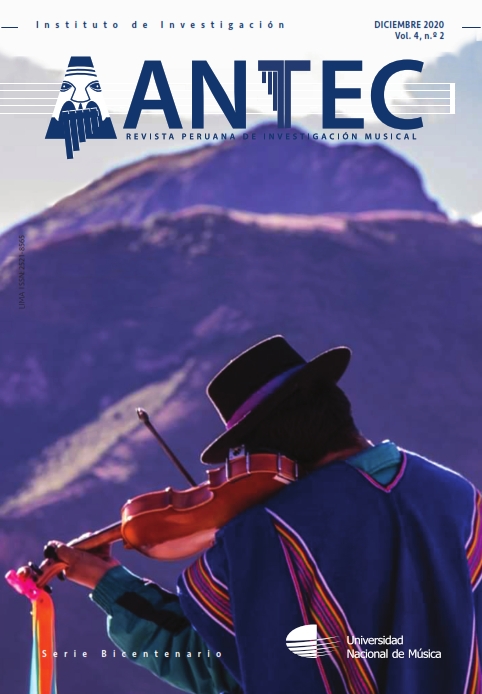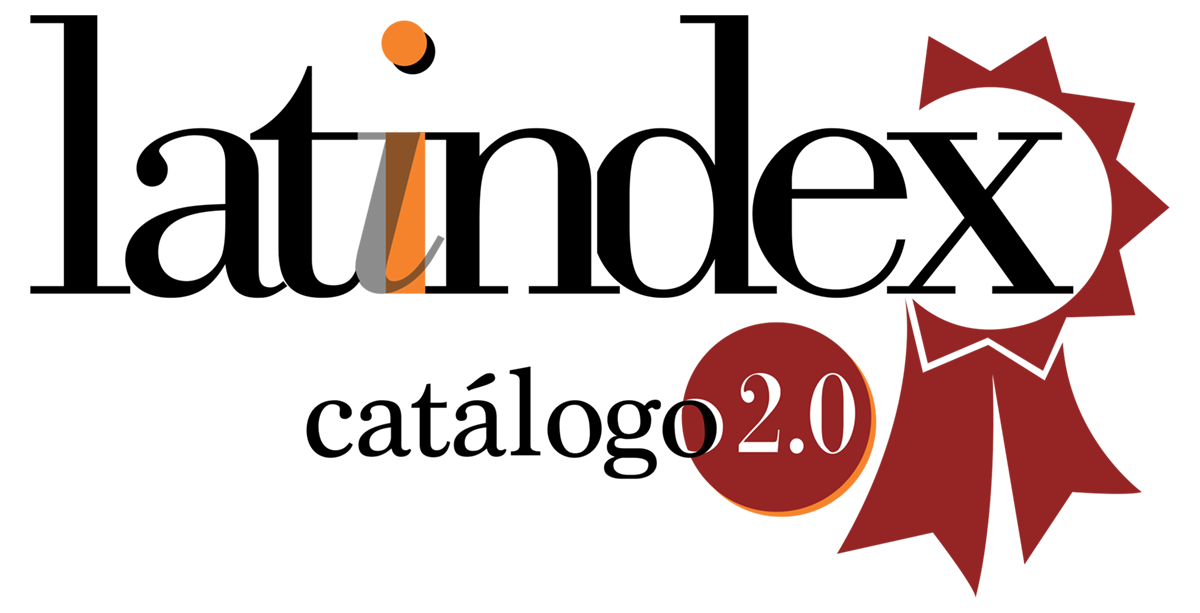Historical references respect to didactic profile of the 18th century music teacher from three European treatises
DOI:
https://doi.org/10.62230/antec.v4i2.97Keywords:
Music teacher, 18th centuryAbstract
The profile of the music teacher who could rule in Europe during the first half of the 18th century, including his didactic qualities, general knowledge and musical skills, has not been historically studied in depth. However, a careful reading of three important treatises of the time sheds light on this. Therefore, the main objective of this text is to recognize what the didactic profile of the music teacher was in the first half of the 18th century in Europe, based on a review of three texts of the time and the work of their authors: three composers musically virtuosic and potentially didactic. The historical sources studied in this work are Les principes du clavecin (1702) by the composer Monsieur de Saint Lambert, Versuch einer Anweisung die Flöte traversiere zu spielen (1752) by the virtuoso flutist and composer Johann Joachim Quantz, and Versuch über die wahre Art das Clavier zu spielen (1753) by the composer Carl Philipp Emanuel Bach.
Downloads
References
Bach, C. (1753). Versuch über die wahre Art das Clavier zu spielen, H.868, 870. Recuperado de: https://imslp.org/wiki/Versuch_%C3%BCber_die_wahre_Art_das_Clavier_zu_spie-len,_H.868,_870_(Bach,_Carl_Philipp_Emanuel)
Berlin-Brandenburgischen Akademie der Wissenschaften. (2021). Versuch einer Anweisung die Flöte traversiere zu spielen. Recuperado de: https://www.deutschestextarchiv.de/book/view/quantz_versuch_1752?p=5
Booth, E. (2009). The music teaching artist’s bible: Becoming a virtuoso educator. Oxford University Press. Recuperado de: https://books.google.es.books?hl=es&lr=&id=vipnDAAAQ-BAJ&oi=fnd&pg=PR17&dq=The+Music+Teaching+Artist%27s+Bible:+Becoming+a+-Virtuoso+Educator&ots=VuRMj5V7hh&sig=2J2eH66rIwhebCEEBY1QLfFAi9E
Cafiero, R. (2010). La formazione del musicista nel XVIII secolo: Il «modello» dei Conservatori napoletani. Rivista di analisi e teoria musicale, 15 (1), 5-25.
Ferreira, M. (2002). Ferruccio Vignanelli: Ou la Renaissance du clavecin en Italie au XXe siècle (Tesis doc-toral). Universidad de la Sorbona, París, Francia. Recuperado de: http://www.theses.fr/2001PA040224
Guptill, C. y Zaza, C. (2010). Injury prevention: What music teachers can do. Music Educators Journal, 96 (4), 28-34. Recuperado de: https://doi.org/10.1177/0027432110370736
Harris, P. (2017). The virtuoso teacher: The inspirational guide for instrumental and singing teachers. Faber Music. Recuperado de: https://books.google.es/books?hl=es&lr=&id=xBK_DwAAQBAJ&oi=fnd&pg=PT3&dq=the+virtuoso+music+teacher&ots=u1V14je8qs&-sig=P-DuRLzHYtBltaMm8531De6Na3E
Isherwood, R. (1969). The centralization of music in the reign of Louis XIV. French Historical Studies, 6 (2), 156-171.
Koops, W. (2012). Jean Jacques Rousseau, modern developmental psychology, and education. Euro-pean Journal of Developmental Psychology, 9 (Supl. 1), 46-56. Recuperado de: https://doi.org/10.1080/17405629.2012.730996
Lawrence, I. (1985). Aspects of music education in the late eighteenth century. History of Education, 14 (1), 21-34. Recuperado de: https://doi.org/10.1080/0046760850140102
Library of Congress. (s. f.). Les principes du clavecin. Recuperado de: https://www.loc.gov/resource/muspre1800.100554/?sp=1
Library of Congress. (s. f.). Versuch über die wahre Art das Clavier zu spielen. Recuperado de: https://www.loc.gov/resource/muspre1800.101765/?sp=1
Madi, A. y Al-Bakri, T. (2013). De Saint Lambert “Les principes du clavecin”, the first treatise on clavi-chord. Recuperado de: https://repository.najah.edu/handle/20.500.11888/2682
Martínez, E. (2016). La herencia pedagógica de Carl Philipp Emanuel Bach (1714-1788): Los Probe-Stüc-ke (1753) y Sechs neue Clavier-Stücke (1787) desde la perspectiva del Versuch über die wahre Art das Clavier zu spielen (1753, 1762) (Tesis doctoral). Universidad de Murcia, España. Recuperado de: http://www.tdx.cat/handle/10803/369820
Mila, M. (1998). Breve storia della musica. Milan: Einaudi.
Porter, R. (1990). What was the enlightenment? En R. Porter (Ed.), The Enlightenment (pp. 1-11). Londres: Palgrave. Recuperado de: https://doi.org/10.1007/978-1-349-09885-9_1
Quantz, J. (1752). Versuch einer Anweisung die Flöte traversiere zu spielen. Recuperado de: https://imslp.org/wiki/Versuch_einer_Anweisung_die_Fl%C3%B6te_traversiere_zu_spielen_(Quantz,_Johann_Joachim)
Rusinek, G. (2004). The profile of the music teacher in spanish primary schools, according to the teachers themselves. En A. Giráldez et al. (Ed.), Proceedings from the 26th International Society for Music Education World Conference [CD]. Madrid: Enclave Creativa. Recuperado de: https://www.researchgate.net/profile/Gabriel-Rusinek/publication/290582439_The_profile_of_the_music_teacher_in_Spanish_primary_schools_according_to_the_tea-chers_themselves/links/569a317b08ae6169e5563b98/The-profile-of-the-music-tea-cher-in-Spanish-primary-schools-according-to-the-teachers-themselves.pdf
Saint Lambert, M. de. (1702). Les principes du clavecin. París: Christophe Ballard. Recuperado de: https://imslp.org/wiki/Les_principes_du_clavecin_(Saint-Lambert%2C_Michel_de)
Saracho, O. y Spodek, B. (1995). Children’s play and early childhood education: Insights from his-tory and theory. Journal of Education, 177 (3), 129-148. Recuperado de: https://doi.org/10.1177/002205749517700308
Wristen, B. (2000). Avoiding piano-related injury: A proposed theoretical procedure for biomechani-cal analysis of piano technique. Faculty Publications: School of Music, 6. Recuperado de: https://digitalcommons.unl.edu/musicfacpub/6
Downloads
Published
Issue
Section
License
Copyright (c) 2020 Antec: Revista Peruana de Investigación Musical

This work is licensed under a Creative Commons Attribution-NonCommercial-ShareAlike 4.0 International License.














